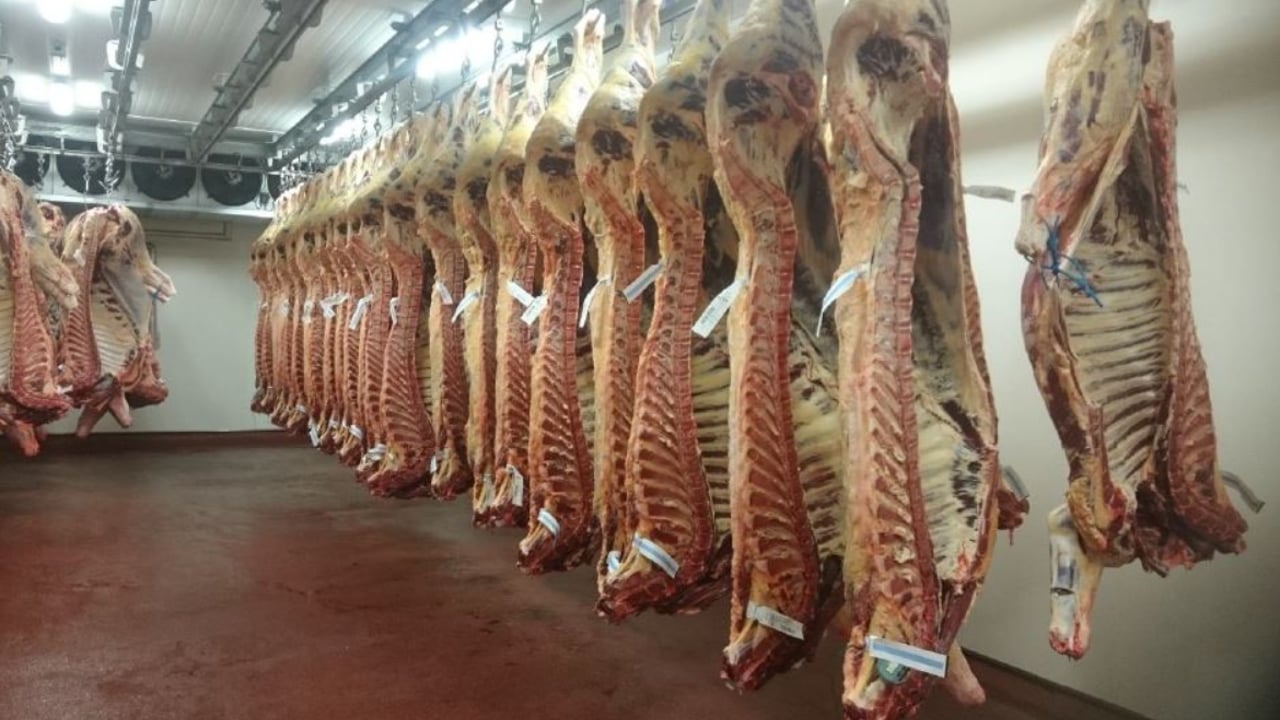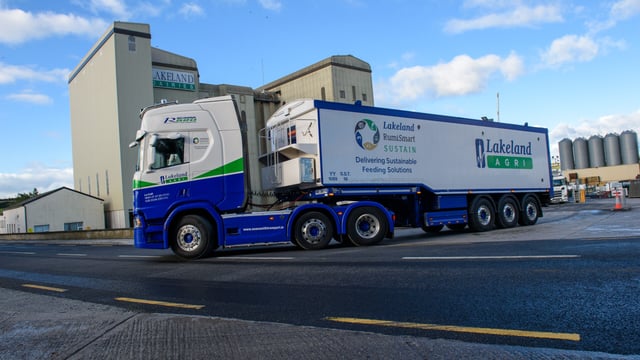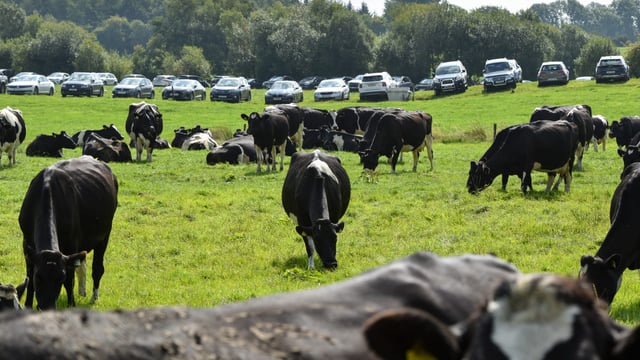Irish beef exports to the UK rise by 25% in Q1 of 2024
Irish beef exports to the UK increased by 25% in the first quarter of this year, with the largest increases seen in January and February.
According to a recent beef market update from the Agriculture and Horticulture Development Board (AHDB), the price differential "has likely been one driving factor behind recent Irish beef import levels into the UK".
The report outlines that: "Large annual rises were recorded in January and February, at a point when Irish pricing was particularly competitive.
"The price gap continued to narrow, and March imports were largely flat year-on-year, nevertheless, the Q1 (January to March) Irish import total was up 25% versus 2023. This includes exports of both fresh and frozen beef."
The trade data does tend to lags by a couple of months and the report noted that but "more recent industry commentary has suggested that Irish import levels have and will persist, especially if pricing remains competitive and demand robust".
The AHDB report also said that Irish beef exports to mainland Europe during the first quarter of 2024 "were up 2% year-on-year" and attributed this trend to "increased shipments to the Netherlands and Sweden in particular".
"Shipments to non-EU countries have grown too, particularly Hong Kong and the Philippines," according to the report.
Commenting on EU beef supplied for the year ahead, the report outlined that the EU is facing "a tighter supply situation" and attributed this trend to "structural herd adjustment".
EU beef imports have also been forecast to grow in 2024 for the EU overall. Cow slaughter has decreased so far in 2024 in France and Germany which are the EU’s two largest cow beef producers), following the trend of recent years.
However, according to Bord Bia, in the first 20 weeks of this year, the Irish cow slaughter in Ireland has seen an uplift of over 10% or more that 18,800 head of cows to 167,800 head.





